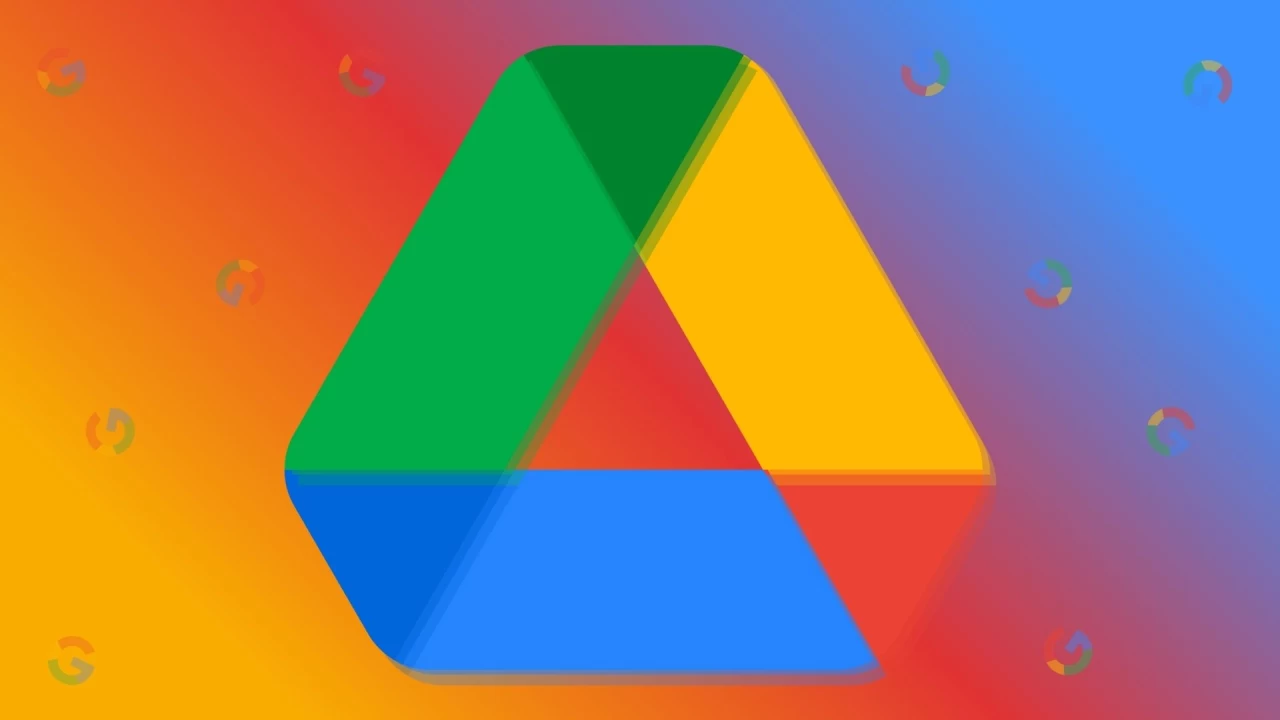It’s hard to imagine the internet without Gmail. Yet, two decades ago, on April 1st 2004, Google’s bold new email service was widely believed to be an elaborate April Fools’ Day prank. Why? It offered a whopping 1GB of storage – an astronomical amount at a time when competitors like Hotmail and Yahoo Mail capped users at a measly 2-4MB.
Secret Origins: The “Caribou Project”
Gmail was the brainchild of developer Paul Buchheit, who began tinkering with the concept during Google’s famed “20% time” policy, where employees could dedicate a portion of their workweek to personal projects. Initially dubbed “Caribou,” the project flew under the radar for years as Buchheit painstakingly built the foundation for its revolutionary, searchable web-based interface.
Skepticism and Secrecy
Even within Google, Gmail faced skepticism. Many believed the idea of massive, free (ad-supported) email storage was unsustainable. The development was shrouded in secrecy, codenamed “Project 2” to avoid leaks. This all fueled the perception of an elaborate prank when the service was finally “announced” on April Fools’ Day.
Limited Beta & The Power of Word-of-Mouth
Rather than a wide public release, Google opted for a limited, invite-only beta in 2004. This scarcity model created an aura of exclusivity. Early adopters raved about Gmail’s speed, search functionality, and generous storage, generating enormous buzz. Demand for those coveted invites skyrocketed, making Gmail the must-have service.
Changing the Email Game
Gmail’s true impact lay in how it completely transformed email. The clunky, desktop-bound software of the past was replaced with a fluid, web-based experience accessible from any device. Search-powered organization banished endless folders and laborious manual filing. Gmail’s threaded conversations, where messages related to a single topic were grouped together in a chronological chain, made sense of chaotic email threads, eliminating the need to scroll through endless back-and-forth exchanges. With a focus on speed and efficiency, Gmail’s interface prioritized ease-of-use, allowing users to find information quickly and respond effortlessly.
Legacy and Controversy
Two decades later, Gmail boasts over 1.8 billion active users. It has fundamentally changed how we communicate, both personally and professionally. However, its journey hasn’t been without controversy. Google’s ad-based business model, which relies on scanning emails to target users with relevant advertising, has raised privacy concerns for some users. Additionally, algorithm-driven features such as Smart Compose and automatic categorization haven’t always been well-received, with some users finding them intrusive or lacking in accuracy. Despite these challenges, Gmail’s influence on the digital landscape remains undeniable. From its humble beginnings as an April Fools’ joke to its current status as a communication backbone, Gmail’s journey is a testament to both innovation and the power of user experience.
From Hoax to Household Name
Despite its challenges, Gmail’s influence on the digital landscape remains undeniable. From its humble beginnings as an April Fools’ joke to its current status as a communication backbone, Gmail’s journey is a testament to both innovation and the power of user experience.




